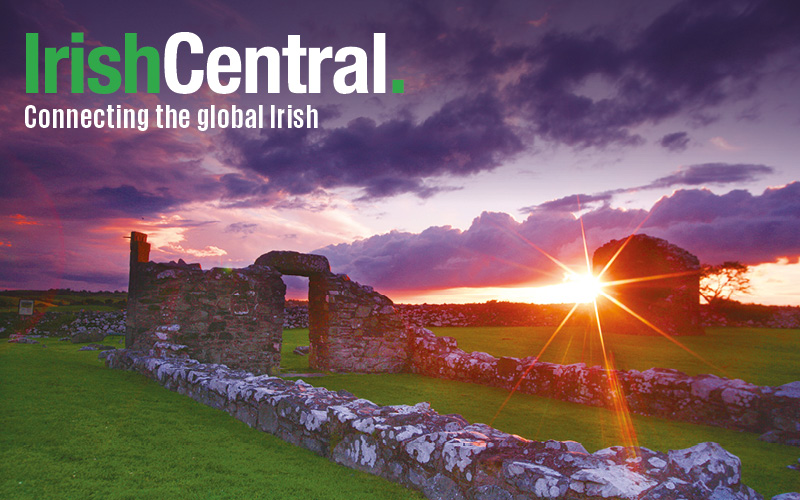In August of this year, Grosse Ile, Canada’s Ellis Island, will celebrate the 100th anniversary of the unveiling of one of the largest Celtic crosses in the world to commemorate the thousands of Irish immigrants whose final resting place was the Canadian island.
In 1909, in a ceremony that drew thousands, the Ancient Order of Hibernians in America unveiled a 46-foot-high Celtic cross on Grosse Île atop Telegraph Hill, the highest point on the Island.
On August 14, 15 and 16, 2009, the Ancient Order of Hibernians from across Canada, the U.S., Ireland and Europe will host a three day celebration of the Centenary of the Cross, featuring a variety of entertainment, tours of Grosse Ile, and a rededication ceremony.
The locals in Quebec would come to call Grosse Ile "L'Ile des Irlandais." Translated, it means the Island of the Irish, but for thousands of Irish immigrants the Canadian island would be the first - and final -resting place in their new home.
In the spring of 1847, the quarantine station at Grosse Île Quebec was ready to receive 32,000 immigrants to its shores. The hospitals were equipped to handle 200 ill.
Just 3 miles long and 1 mile wide, at one point there was reportedly a chain of 40 ships matching the Island in length with more 13,000 emigrants aboard.
By the end of 1847, over 98,000 souls arrived. Most were sick and dying, needing immediate medical attention. The immigrant ships from Ireland carried throngs of malnourished, dispirited people who were ravaged by hunger and disease.
Government and private measures to feed these people in Ireland were inadequate, creating a mass exodus. While many voluntarily left in search of new horizons, others were forcibly "assisted" by pressures from landlords eager to be rid of unprofitable tenants.
The "coffin ships" were in fact cargo vessels, not passenger ships, carrying wood from Quebec City and Saint John's each summer. The owners did not want their vessels returning to Canada empty.
These poor Irish emigrants endured this passage of several weeks living below deck in cramped bunks, eating little more than moldy ship biscuits and dirty water, ideal conditions for the spread of Typhus.
British laws called for the ships to provide seven pounds of food a week for each passenger, often these laws were ignored. Many ships bought used casks for the passengers' drinking water as they were less expensive, but these often leaked or stored wines, making the water undrinkable.
Upon arrival to Grosse Ile, hospital personnel on the island administered whatever care they could in medicines and bedside attention. The clergy constantly provided spiritual assistance and consolation to the dying and their families. When hospitals became over- crowded, the military supplied tents to house the infected and their relatives.
As thousands died, burials became unceremonious; individual graves were unknown. One large field became a mass burial ground. Soil had to be transported from across the river at Montmagny in order to fill the trenches so clearly seen today.
Before the year was over more than 5,424 souls were interred on the Island.
With breakthroughs in medicine and the tragedy of 1847 now over, the Western part of the Island was not used and the graves became neglected and forgotten.
The Ancient Order of Hibernians in America, appalled by the lack of respect and reverence paid to those Irish brothers and sisters who perished, contacted AOH members across the U.S. and Canada, asking for donations to build a Celtic Cross as a marker for those perished.
The response was as generous as it was swift. What started as a small monument became one of the tallest Celtic Crosses in the world.
To join the AOH in commemorating your Irish ancestors and celebrating the centenary of the Celtic cross, make reservations with:
Tom Gargan, National Chair
Email: RESERVATIONS@AOH-2009.COM
Phone: 514-639-0914.
or
Victor Boyle, National President Ancient Order of Hibernians in Canada
Email: RESERVATIONS@AOH-2009.COM
Phone: 514-928-7196.




Comments